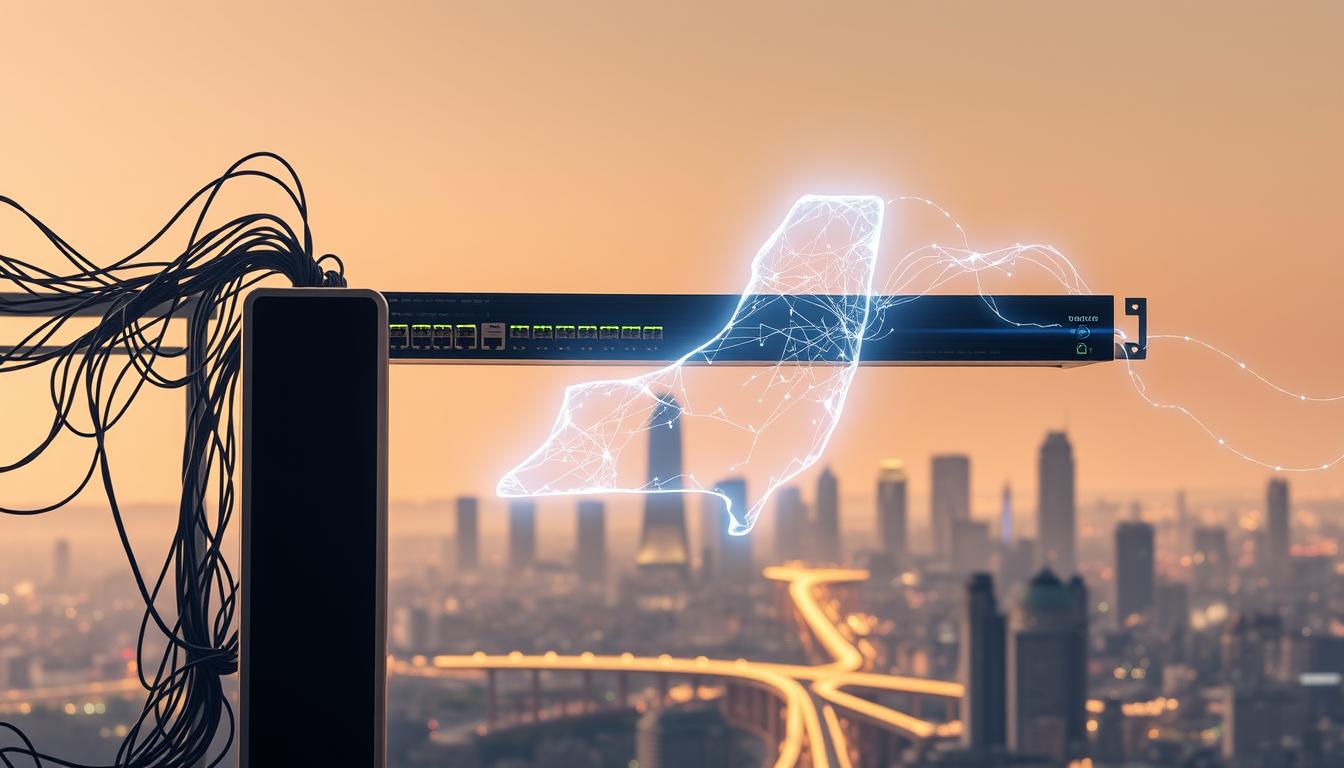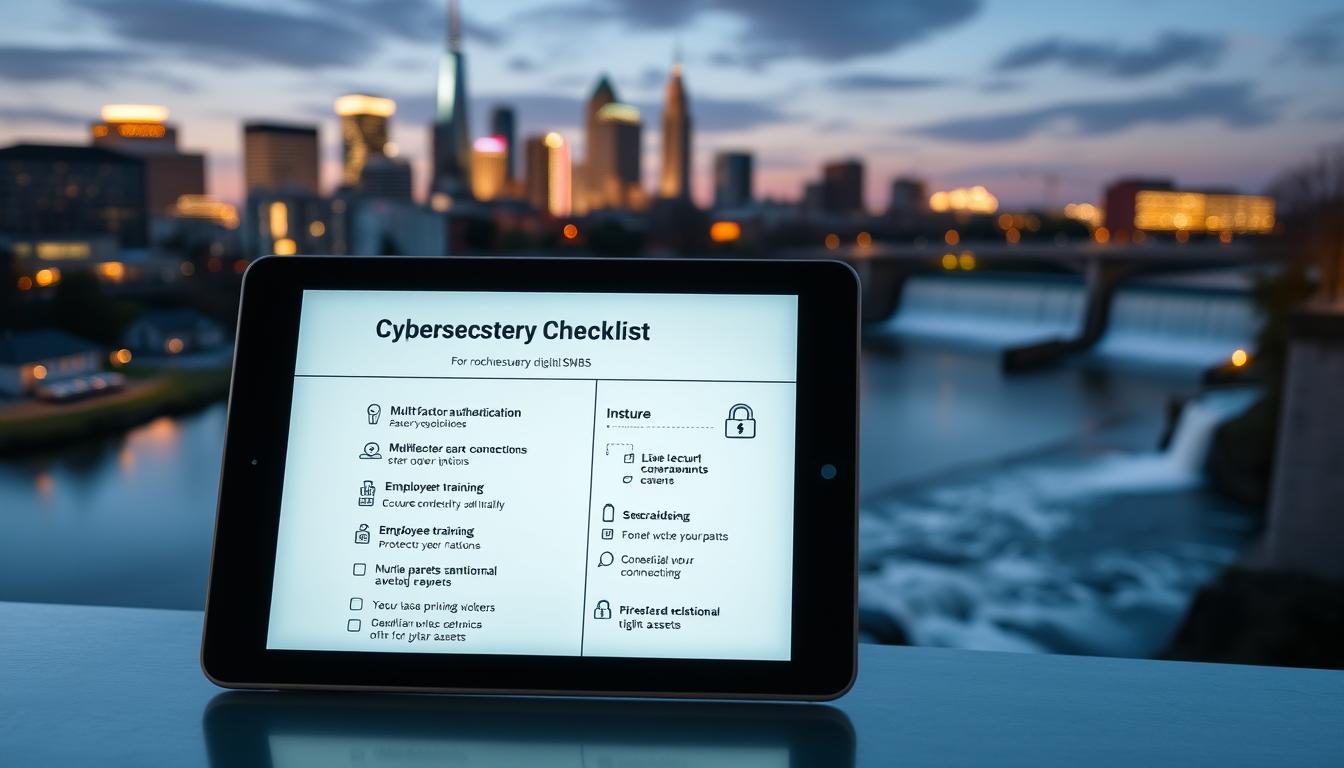Posts by Jerry Sheehan
The 8 Controls WNY Cyber Insurers Now Verify.
IBM says the average data breach now costs $4.88 million, with healthcare at $9.77 million. In Western New York, this has changed how insurance policies are written. Insurers now check eight key controls before agreeing to terms. This change affects every cyber insurance renewal in Buffalo. It sets the standard for coverage, from business loss…
Read MoreFrom AS/400 to Azure: Modernizing Legacy ERP in WNY.
Microsoft Dynamics GP is used by about 50,000 active installations worldwide. Many of these are on old servers, similar to those in Western New York. When Windows Server reaches end-of-support, security updates stop. This increases the risk to production and compliance quickly. In Buffalo and the Southern Tier, plants use AS/400 and Dynamics GP for…
Read MoreBackup That Actually Restores: Immutable + Offsite for WNY.
47% of backups fail to restore when needed, according to Gartner. In Western New York, lake-effect storms and brief power outages can hit businesses hard. This article explains how immutable storage and offsite replication ensure backups are recoverable. We aim for secure data backups in Buffalo that work in real-world scenarios. I-Evolve’s i-Standy offers write-once…
Read MoreQuebec Law 25 for WNY Manufacturers (Plain English Guide)
Every year, over $35 billion worth of goods move between New York and Canada. A big part of this trade involves Quebec. For WNY manufacturers, this means they must follow Quebec’s privacy rules, including Law 25. This guide helps New York State businesses understand how to follow Quebec law 25 in their daily work. Law…
Read MoreSelling to Ontario? PIPEDA for Buffalo/Rochester SMBs.
In January 2024, a massive leak exposed over 26 billion records. This included data from big names like Twitter and LinkedIn. For Buffalo and Rochester SMBs looking at Ontario, this highlights the importance of privacy. Understanding PIPEDA and other data laws is key. It helps build trust and solid contracts for cross-border sales. This guide…
Read MoreAffordable Zero Trust for WNY SMBs.
74% of breaches involve the human element, according to the 2023 Verizon Data Breach Investigations Report. IBM found that the average breach cost is $4.45 million. This shows the high risk for Western New York small and midsize firms. But, security doesn’t have to be expensive. Zero Trust has one simple rule: never trust, always…
Read MoreRochester Co-ops: Shared IT That’s Actually Secure.
Did you know over 60% of data breaches start with a weak shared system account? For Rochester co-ops, this risk is real every day. But, there’s good news: secure shared IT is achievable with strong governance. In Rochester, housing and student groups already use votes and clear rules. This setup is great for modern security…
Read MoreErie PA to Buffalo: Cross-Site Backups Over SD-WAN the Right Way.
40% of unplanned outages last for hours if data is in one place. This is a big risk for teams in Erie and Buffalo. But, smart SD-WAN backups and a strong virtual private network can prevent this. This guide will show you how to create fast, secure, and reliable backups between Erie and Buffalo. We…
Read MoreWest Seneca Winter IT: Remote-First Toolkit for Lake-Effect Weeks.
In November 2022, Erie County got over 80 inches of snow in just four days. This caused roads, clinics, and deliveries to stop. That’s why West Seneca needs a simple, remote IT plan to keep things running when snow blocks the way. This article gives a practical guide for small businesses, clinics, and nonprofits to…
Read MoreRochester Cybersecurity Checklist for Local Businesses.
One in three U.S. data breaches now hits a small or mid-sized company, according to the Identity Theft Resource Center. For Rochester shops, clinics, and startups, that number is more than a headline—it’s a wake-up call. This guide delivers a practical cybersecurity checklist for Rochester SMBs, built for tight budgets and busy teams. You’ll find…
Read More









